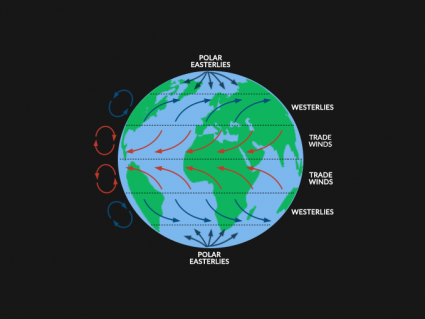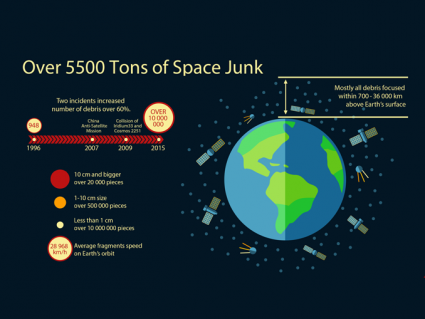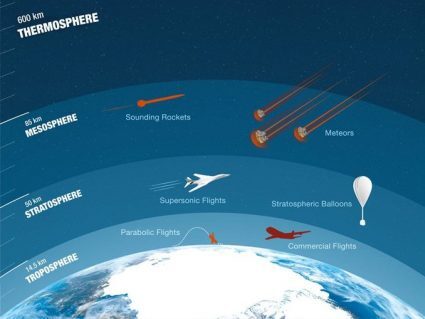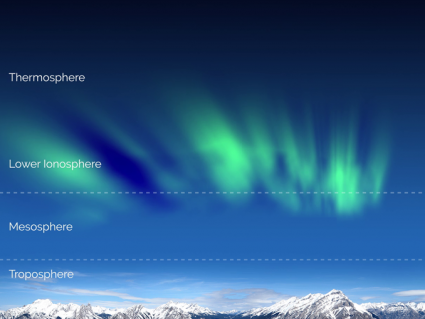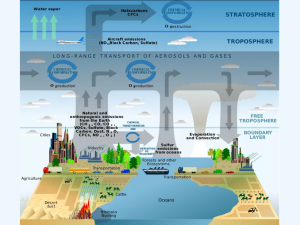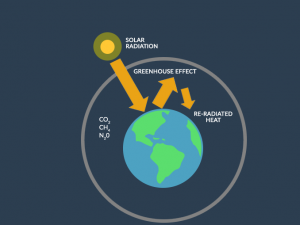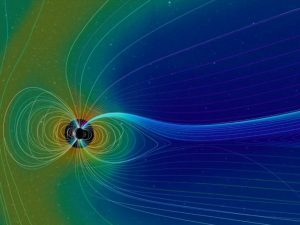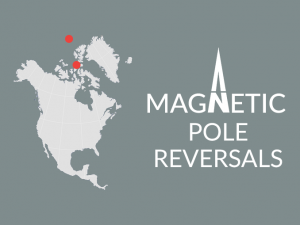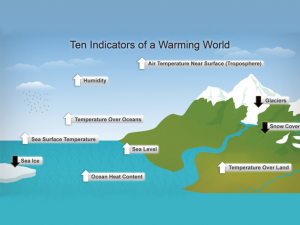20 Devices for Recording the Weather
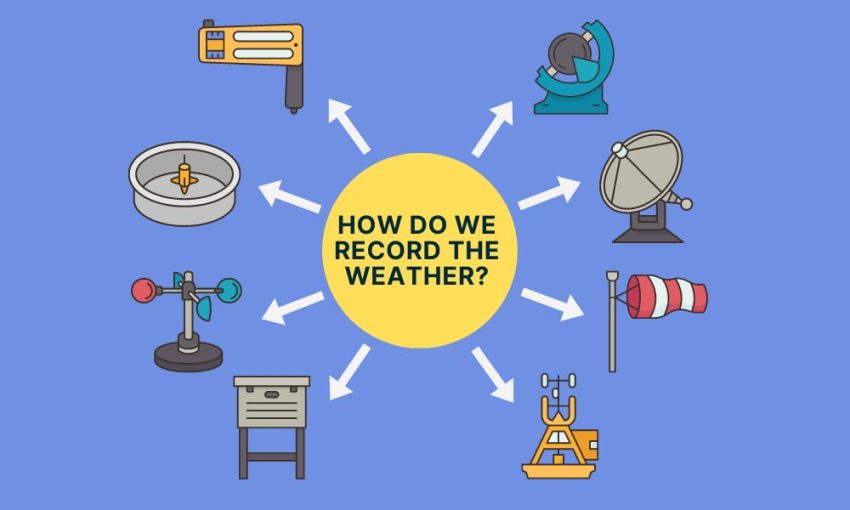
How do you record the weather?
Recording the weather is quite intriguing. We rely on a variety of devices to monitor the atmosphere. For example, we use thermometers, barometers, and rain gauges. By using these devices, we can keep a close eye on the weather.
1. Thermometers
A thermometer is a device used to measure temperature. It can tell us how hot or cold something is, using scales like Celsius or Fahrenheit.
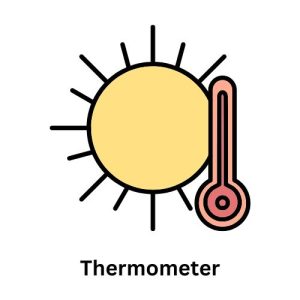
2. Anemometers
These devices measure wind speed, helping us understand how fast the wind is blowing. They’re helpful for aviation and marine safety.
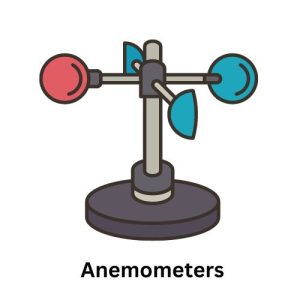
3. Weather Vanes
A weather vane is a device that shows the direction the wind is blowing from. It typically features a rotating ornament that aligns with the wind.
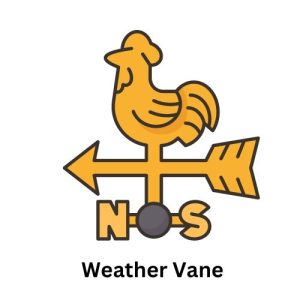
4. Rain Gauges
A rain gauge is a tool that measures the amount of rainfall over a set period. It collects rainwater in a calibrated container. This allows meteorologists to track precipitation levels accurately.
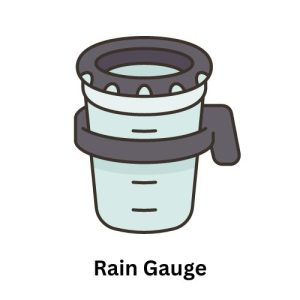
5. Barometers
A barometer measures atmospheric pressure, which helps understand upcoming weather conditions. It can predict weather changes, such as storms or fair weather, by detecting increases or decreases in pressure.
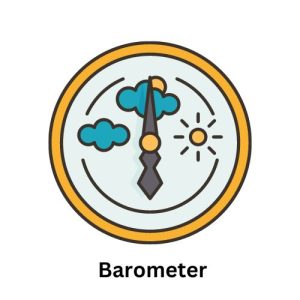
6. Hygrometers
A hygrometer measures the moisture content in the air. It helps in understanding the humidity level for predicting fog and dew.

7. Weather Satellites
A weather satellite orbits the Earth, capturing weather systems from space. By collecting data from the atmosphere, we can forecast weather, track storms, and study climate changes.
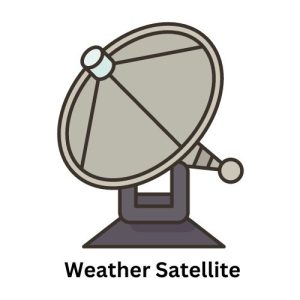
8. Radiosondes
A radiosonde is a battery-powered instrument carried into the atmosphere by a weather balloon. It collects data on temperature, humidity, pressure, and other atmospheric conditions.
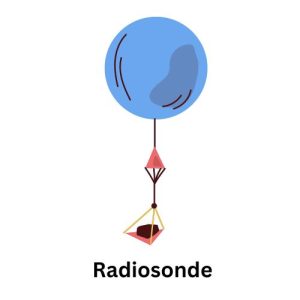
9. Pyranometers
A pyranometer is an instrument for measuring solar irradiance. It quantifies solar radiation, which helps study climate, weather forecasting, and solar energy.
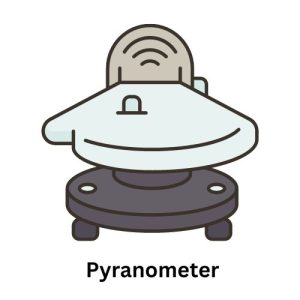
10. Psychrometers
A psychrometer measures the humidity in the air by comparing the temperatures of two thermometers, one dry and one wet bulb. The difference in readings between the two thermometers helps calculate the relative humidity.
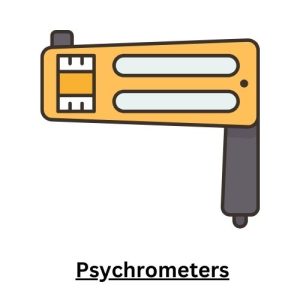
11. Sunshine Recorders
A sunshine recorder is a device that measures the amount of sunshine at a particular location over time. It uses the sun’s rays to burn or mark a card or cylinder. This indicates the duration of sunshine for a given period.
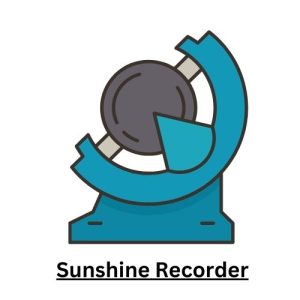
12. Hygrograph
A hygrograph is an instrument that continuously records the humidity levels in the air over time. It uses a series of pens and a rotating arm to show changes in moisture.

13. Evaporation Pans
An evaporation pan is a simple tool for measuring the rate of water evaporation. It consists of a large pan filled with water. As the level of water decreases, it helps you understand evaporation rates over time.
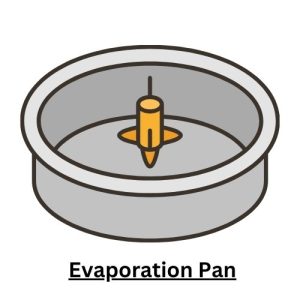
14. Thunderstorm Detectors
A thunderstorm detector identifies the presence of thunderstorms by detecting lightning strikes. It helps in providing early warnings for severe weather conditions, enhancing preparedness.
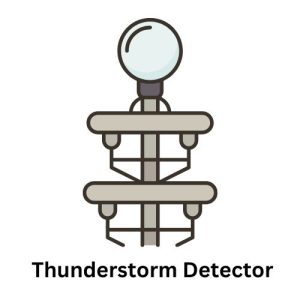
15. Windsocks
A windsock is a conical textile tube designed to indicate wind direction and give a rough wind speed estimate. You might see them at airports to assist in operations and safety by showing how the wind is blowing.
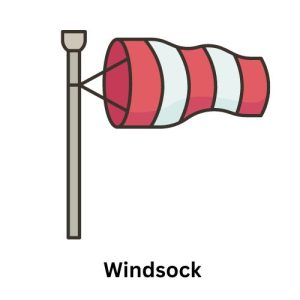
16. Ceilometer
A ceilometer measures the height of cloud ceilings or cloud cover from the ground. It uses a laser or other light source to determine the distance to clouds.
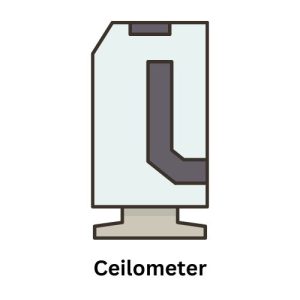
17. Instrument Shelters
An instrument shelter is a structure designed to protect meteorological instruments. By shielding direct sunlight and precipitation, they can prevent false readings.
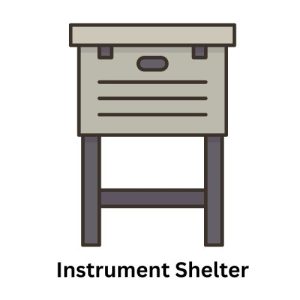
18. Ocean Buoys
An ocean buoy is equipped with sensors to measure atmospheric and oceanographic conditions. For example, they capture temperature, pressure, wind speed, and wave height.
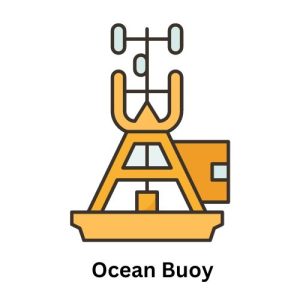
19. Disdrometer
A disdrometer is an instrument that measures the size distribution and velocity of raindrops. It provides details on rain intensity and type, which helps in weather forecasting.
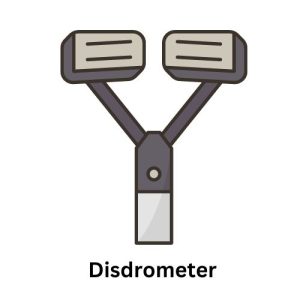
20. Snow Gauges
A snow gauge measures the amount of snowfall in a specific area. It captures snow in a container. This allows meteorologists to measure its depth and calculate the water equivalent.
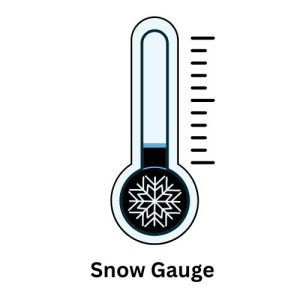
What equipment do we use to record the weather?
Keeping track of the weather is super important. It helps us know what to wear, when to plant crops, and how to build safer buildings.
By understanding weather changes, we can better prepare for hot days, rainy seasons, or big storms. This makes our lives easier and safer, showing why it’s so important to keep an eye on the weather.
Looking for more? Try reading our interesting facts about the weather. Or do you have any questions about weather instruments? Please let us know in the comment section below.

